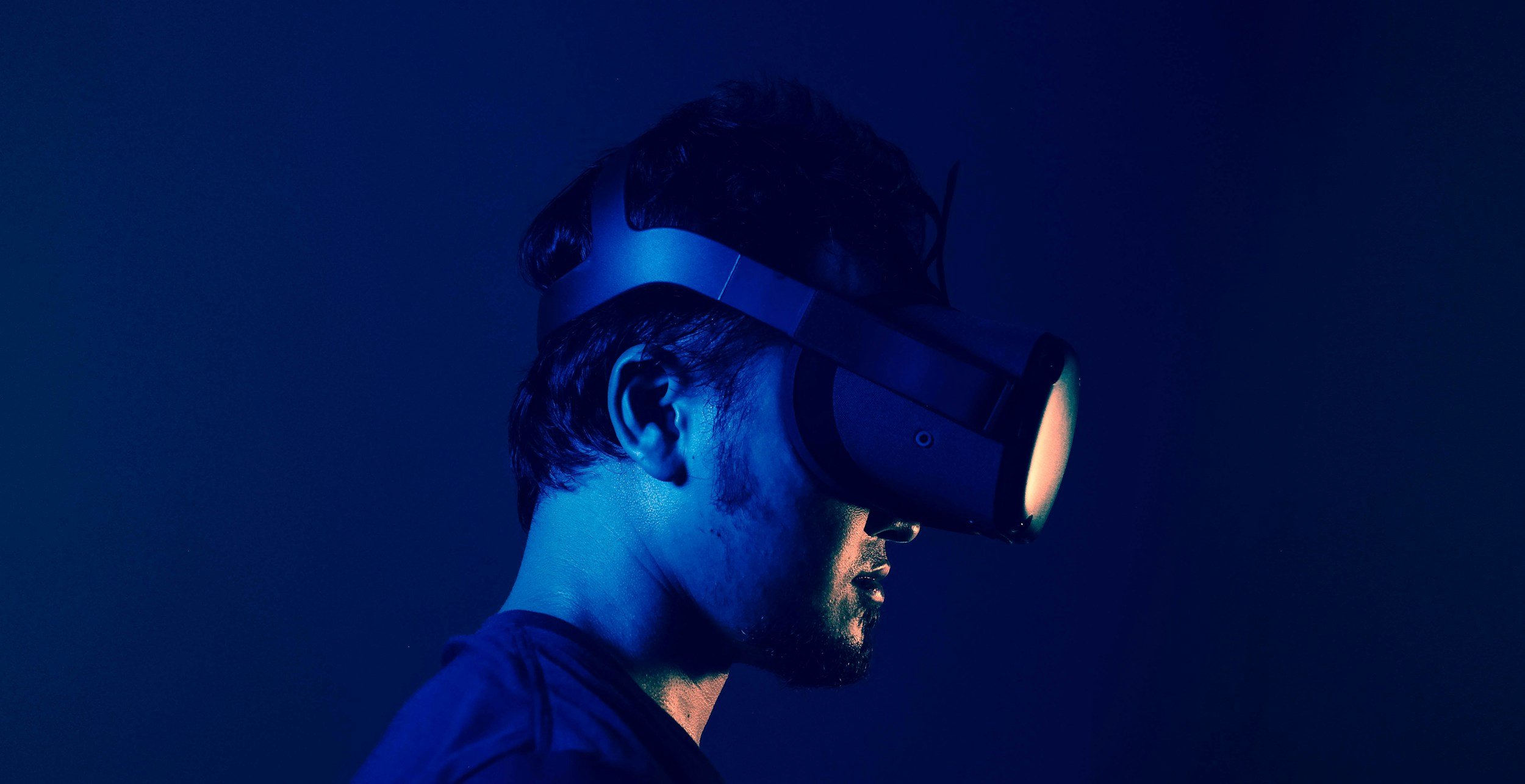

Virtual Reality Therapy
Most people think of therapy as sitting in a quiet room and talking things through. That’s still really valuable, but these days we also have new tools that can make therapy more hands-on and practical.
Virtual Reality Therapy (VR Therapy) is one of those tools. It lets you step into realistic environments using a headset, so you can safely practise facing the situations that usually bring up stress or fear. It’s an engaging, modern way to do therapy — and it can make a big difference for some people.
What Is Virtual Reality Therapy?
When you put on a VR headset, it feels like you’ve stepped into another world. You might find yourself standing in front of an audience, sitting in a plane, or looking down from a tall building. The experience feels real, but you’re completely safe — you’re still right here in the clinic.
While you’re in the headset, I’ll guide you through the scenario. Together, we’ll practise coping strategies so you can gradually reduce your anxiety or build confidence.
Think of it as a bridge between talking about your challenges and actually facing them in real life.
Why Use VR in Therapy?
Some things are hard to practise in everyday life. For example, it’s tricky to “just practise” flying on a plane, giving a speech to a big crowd, or walking across a high bridge. That’s where VR comes in.
It feels safe – You can face your fears without actually being in the real situation.
It’s realistic – Your brain responds as if it’s real, which helps you build confidence.
You set the pace – We start small and move at a level that feels manageable.
It’s motivating – Many people find VR therapy more engaging than just talking about fears.
What Can VR Therapy Help With?
VR therapy has been shown to help with:
Here are some of the key areas where VR therapy can be highly effective:
Phobias such as fear of flying, heights, animals, or driving
Social anxiety, like practising conversations or public speaking
Stress and relaxation, using calming environments like beaches or forests
Confidence building, for things like job interviews or presentations
It’s not a replacement for regular therapy — it’s an extra tool we can use to make progress in a practical way.
A typical VR therapy session lasts about 50 minutes, just like a standard appointment.
Check in – We’ll start with a chat about how you’re going and what you want to focus on.
Get ready – I’ll explain the VR scenario so you know what to expect.
Immersion – You’ll put on the headset and we’ll go through the simulation together.
Practice strategies – While in the VR environment, we’ll work on things like calming your breathing or challenging unhelpful thoughts.
Reflect – After you take off the headset, we’ll talk about how it went and what you noticed.
You’re always in control. If you need a break or want to stop, we can pause anytime.
What a Session Looks Like
Is VR Therapy Right for You?
VR therapy might be a good fit if:
You’ve been avoiding certain situations because of fear or anxiety
You’d like a practical, hands-on way to build confidence
You’re open to trying something new in therapy
You want to combine traditional therapy with a more interactive tool
It might not suit everyone, especially if you get motion sickness or have medical conditions that make VR difficult. If that’s the case, we’ll explore other approaches together.
I know trying something new can feel a bit daunting. That’s why I make sure VR therapy is always done in a supportive, safe environment.
I’ll guide you step by step — you won’t be left to figure it out on your own.
The scenarios are chosen to match your goals and comfort level.
VR is used alongside proven therapy methods, not instead of them.
The focus is always on you — the technology is just a tool to help.
You’re always in control. If you need a break or want to stop, we can pause anytime.
Why Try VR Therapy at Heart & Hound

How to Get Started
If you’re curious about VR therapy, the best place to start is with a chat. In your first appointment, we’ll go over your goals, talk about whether VR could help, and make a plan together.
When you’re ready, we’ll start introducing VR into your sessions — always at your pace, and with lots of support along the way.
If you’ve been putting things off because they feel too overwhelming, VR therapy could be a gentle step forward. And you won’t be doing it alone — I’ll be right there with you


